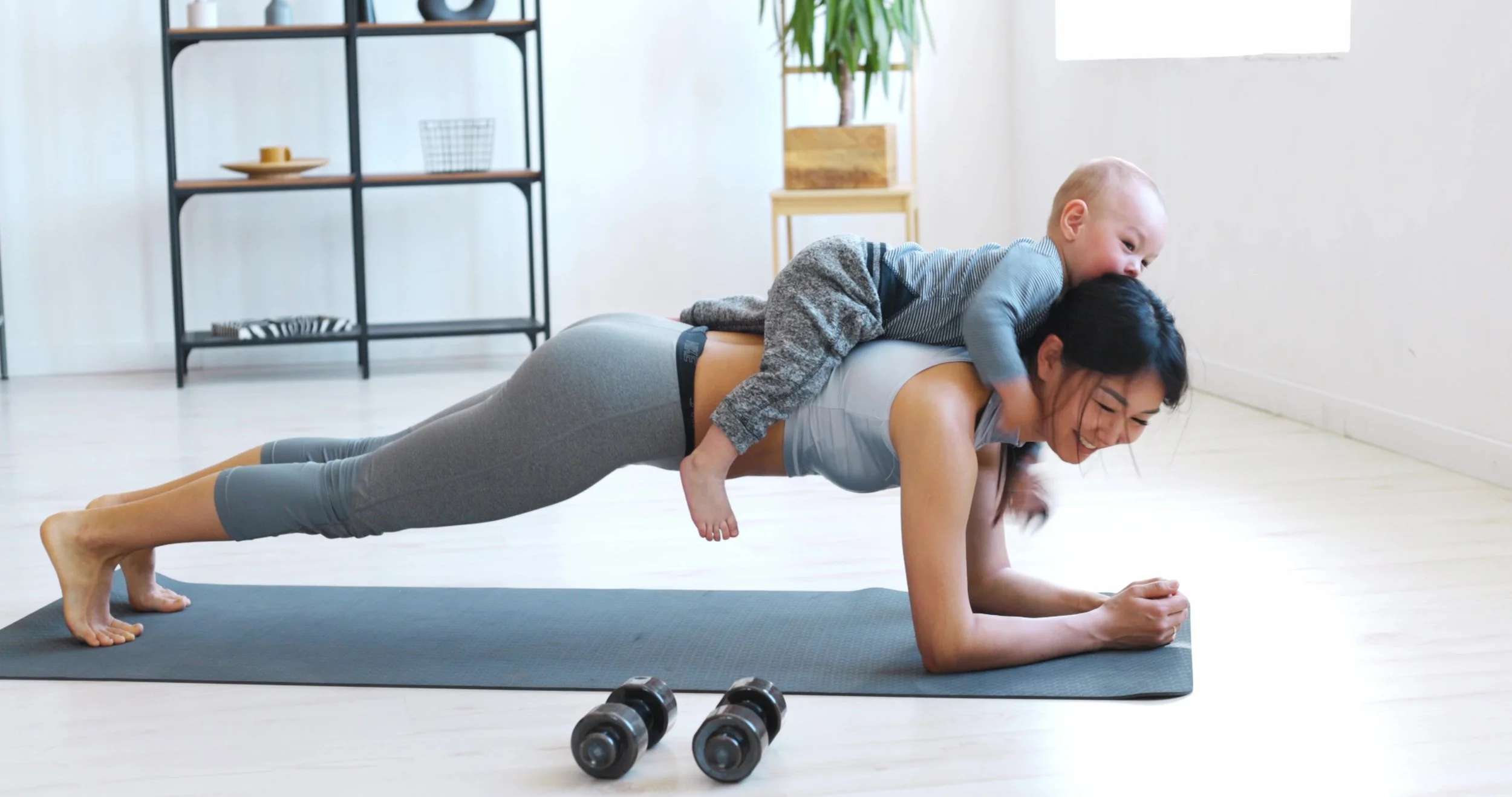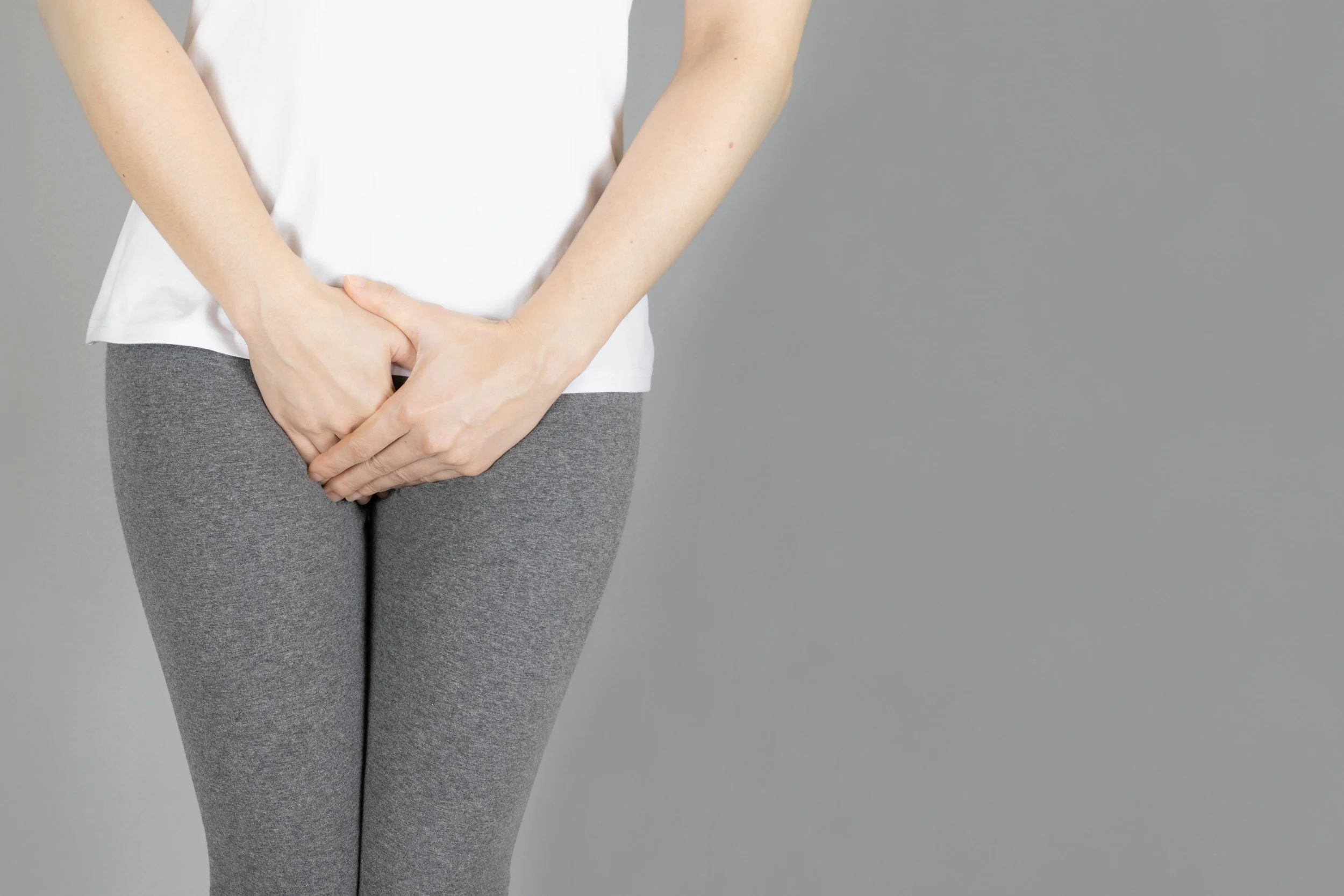There are a number of body changes that mothers experience during and after their pregnancies that can cause unique challenges and that often get overlooked in prenatal and post-partum care. These challenges involve increasingly new spine stresses, adaptations, and difficulties maintaining a “neutral spine”.
A neutral spine is the ability to maintain the natural curves of the spine that allow for shock absorption when we stand and walk and allow for our center of mass to be maintained at our belly button region. Women are often challenged through their pregnancies to maintain neutral spine postures due to the fast changing size of the babies and the increased distribution of weight in their mid section.










